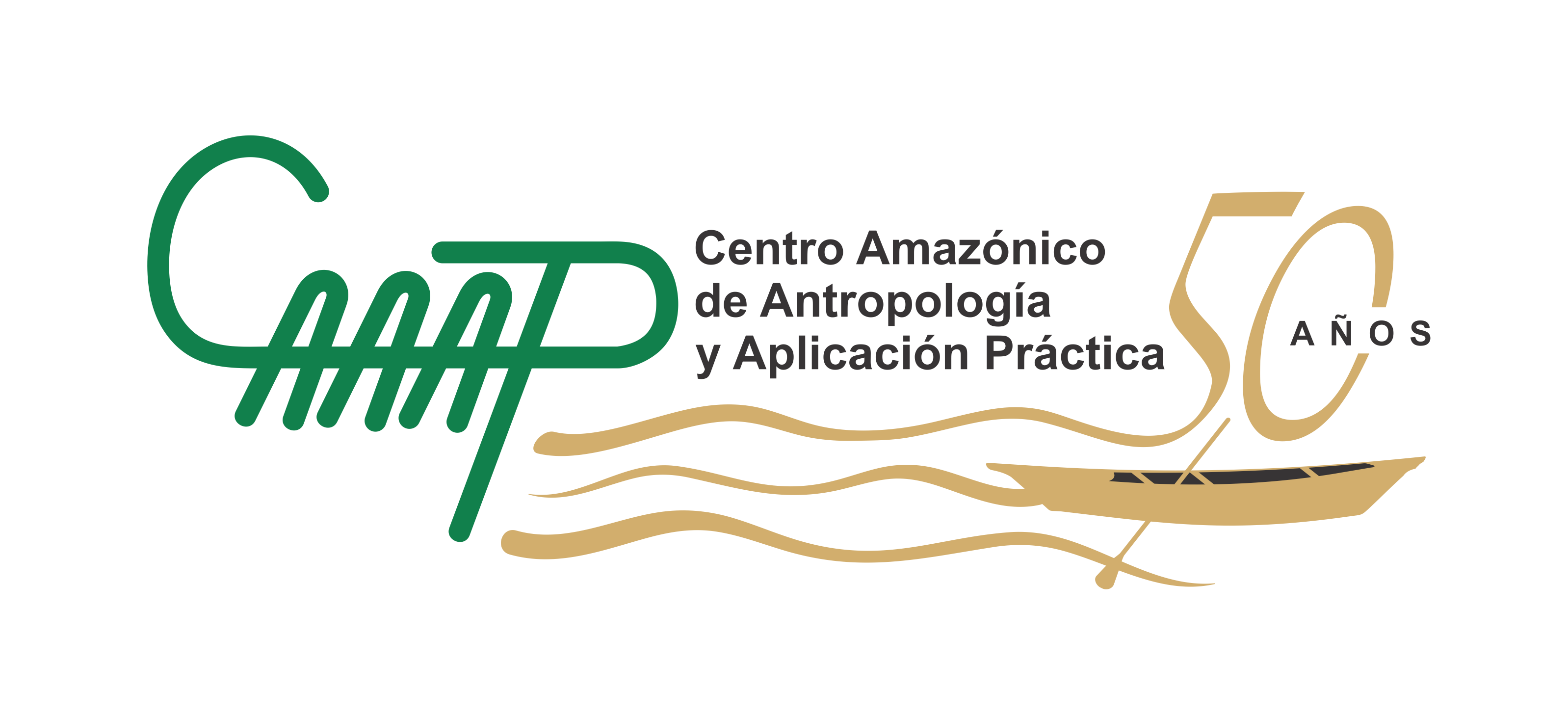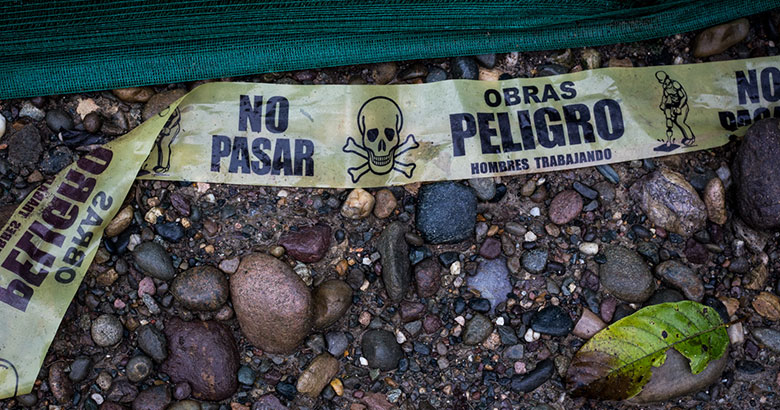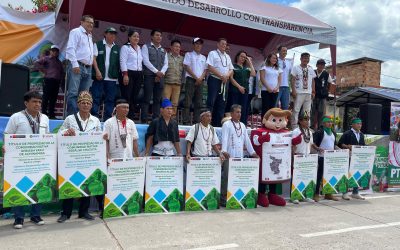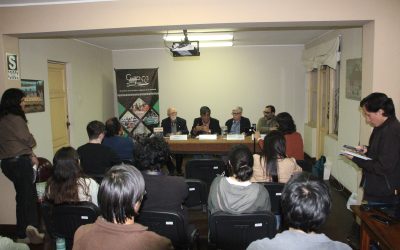Por Rebecca Wolff y Kevin Floerke
In Peru’s third major oil spill this year, an estimated 600 barrels of crude oil gushed out near the Marañon River, in Datem del Marañón on June 24. The spills proved devastating to local Indigenous communities, but the health response fell far short—with little international attention to the long-term health and social consequences.
The June disaster in the Loreto region of the Amazon came on the heels of 2 spills this past January and February on the same pipeline, owned by state oil company Petroperu. The winter spills sent approximately 3,000 barrels of crude oil into the Chiriaco River and 1,000 into the Morona River in Amazonas Peru, affecting at least 30 Indigenous communities living near the Chiriaco, Marañon and Morona rivers that depend on fish from the rivers and crops grown on the riverbanks.
Immediate environmental concerns often take top priority when oil spills occur; however, the health of those living nearby is more difficult to quantify, and thus easier to disregard. Richard O’Diana, lawyer with the Amazonian Center for Anthropology and Practical Application (CAAAP), says that “…with environmental problems there isn’t any political pressure on this end [health] so some topics get pushed to the side; unfortunately health is one of them.”
He explains, “the spills don’t just affect the environment but farmland…now they cannot cultivate the land…Fish is the base of their diet and now they cannot eat it; it is all contaminated.” Many have been forced to consume crops covered in oil, or fish from the contaminated river, in order to feed their families.
O’Diana’s concerns for the health of affected communities is echoed in the firsthand accounts from those recovering from the aftermath of the oil spills. In May, 4 months after the January spill in Chiriaco, community members from Temashnum, an Indigenous Awajún community on the Marañon River affected by the spill, were still suffering from strong headaches, nausea and undiagnosed illnessthey attributed to working in oil cleanup and eating crops covered in oil. This directly correlates to a 2013 literature review by Barry and Nasseta on the adverse health affects of oil spills, which found that “clean-up workers and community residents who were exposed more intensively and/or for longer periods of time tended to have a higher frequency of symptoms [of oil contamination].”
There is still a need for more studies on the human health effects of oil spills, demonstrating how rarely environmental disasters, like oil spills, receive international attention with a focus on their human consequences. However, the scientific studies that do exist have proven that individuals who come in direct contact with oil, whether through ingestion or assisting with cleanup, can suffer from respiratory issues, skin irritation, headache, nausea, dizziness and fatigue. These symptoms can last from months to years. In Peru, groups like the CAAAP are concerned that there will be long-term health implications for communities affected by the spills.
In other areas of the world, concerning links between environmental oil contamination and long-term health effects have been discovered. A 2013 study by Ordinioha & Brisibe on the impact of crude oil spills in the Niger Delta found that the oil spills caused a 60% decrease in household food security, and decreased the crude protein content of the staple diet crop, cassava, by 40%, increasing childhood malnutrition. In the Amazonian regions of Peru affected by the spills, cassava is also a staple diet crop. Given that some local farmland was covered in oil for months after the spill, such as in the community of Temashnum, one has to wonder what the long-term effects on crops and nutrition may be in the years to come in the Peruvian Amazon.
O’Diana and the CAAAP are also investigating whether children in areas affected by the recent oil spills may be suffering from mercury, lead, cadmium or arsenic poisoning. In June they collected 25 samples of blood, urine and hair from children living near the January Chiriaco spill site, some of whom were reported to have been illegally hired to help clean up crude oil, according to reports from Common Dreams and other sources. The CAAAP’s work aims to provide direct health services to children suffering from heavy metal poisoning and push the Peruvian Ministry of Health to begin a larger investigation into the health effects of the spills. The long-term goal of these investigations is to compensate and ensure ongoing health support for those affected.
With this newest spill in Datem del Marañón, the number of individuals affected by the 2016 oil spills in the Peruvian Amazon is climbing. This now makes it even more crucial that groups like the CAAAP fight to get follow-up health services and compensation for communities affected by the spills. The CAAAP hopes to release the results of their study in September, in an attempt to garner attention in both Peru and beyond about the health effects of oil spills. Looking at the current situation in Peru, it is clear that oil spills not only threaten the Amazonian environment, but the health of the individuals living there; the world has a responsibility to fix this.
Rebecca Wolff is a National Geographic young explorer and anthropologist who works on issues of Indigenous health in Peru and Canada. @becswolff; becswolff@gmail.com
Kevin Floerke is an anthropologist and travel photojournalist specializing in Latin America and Indigenous issues. @kevinfloerke; kevinfloerke@gmail.com




